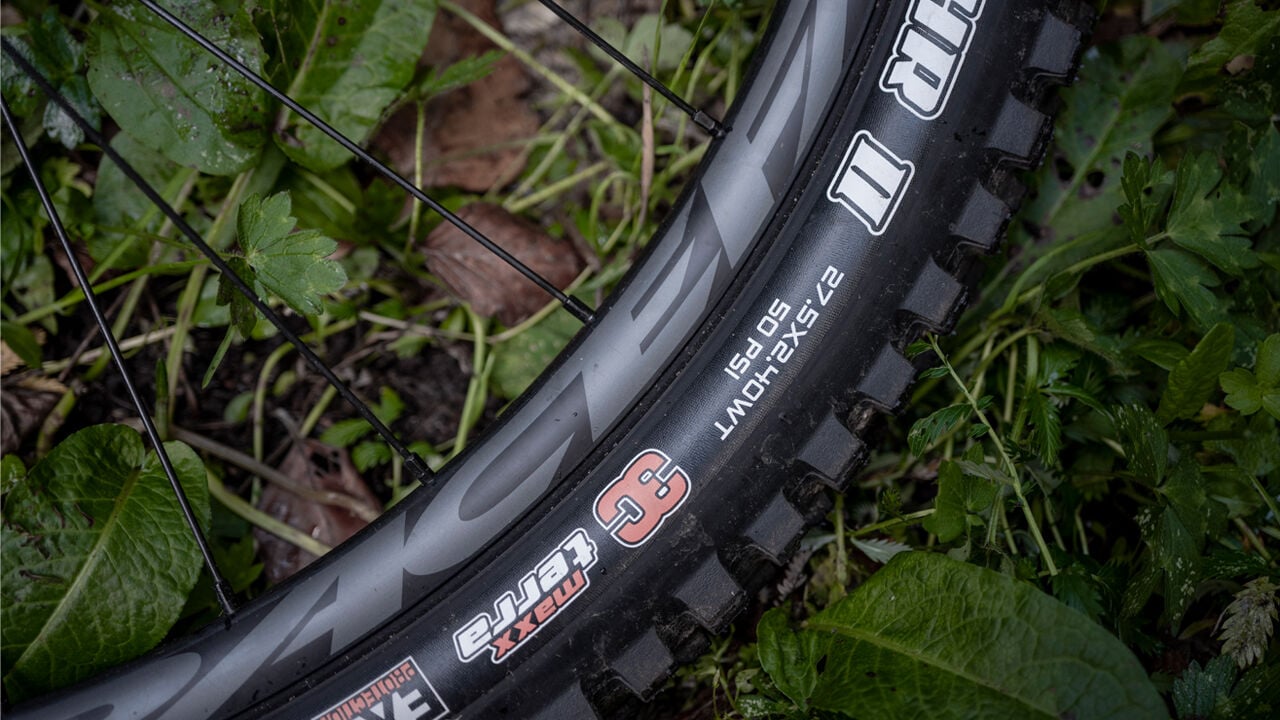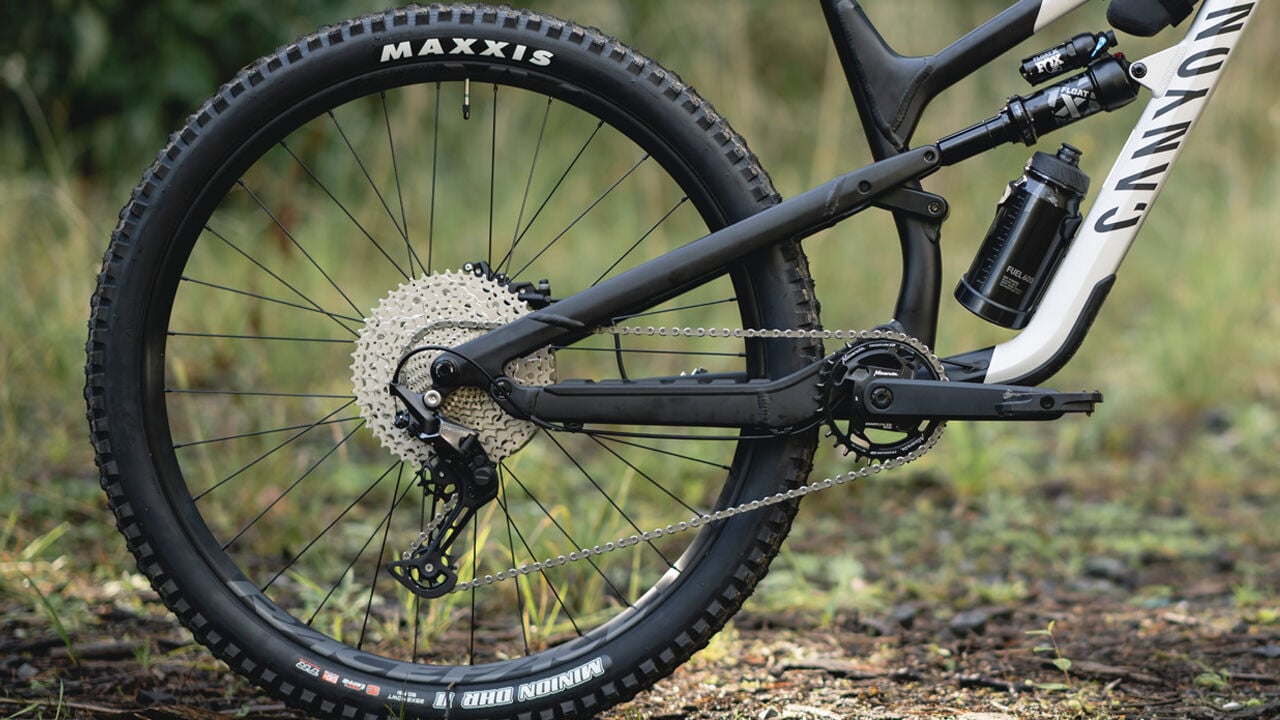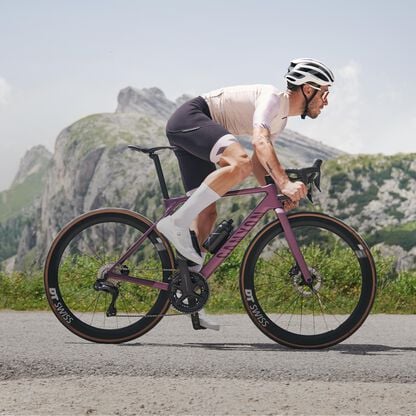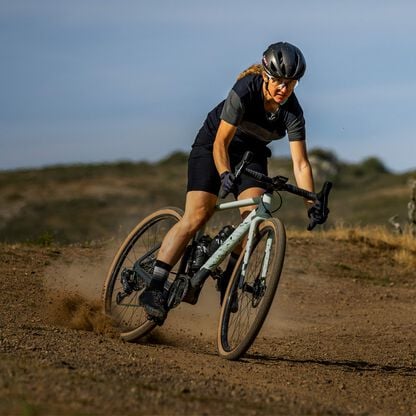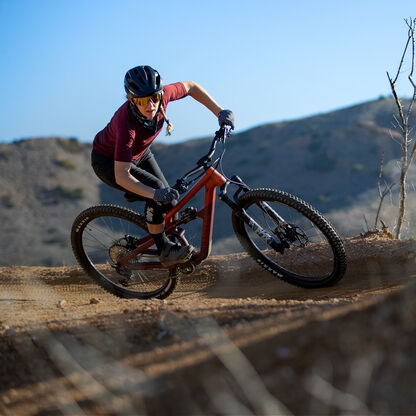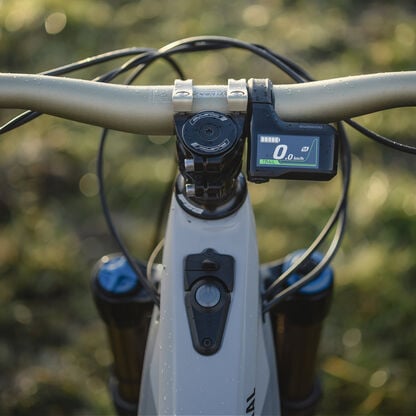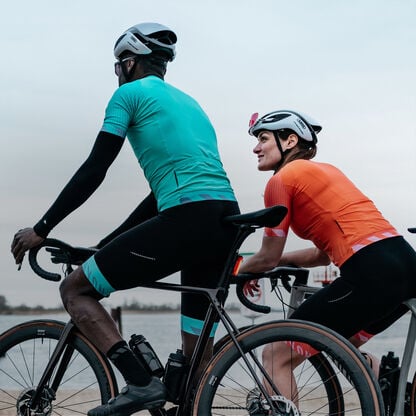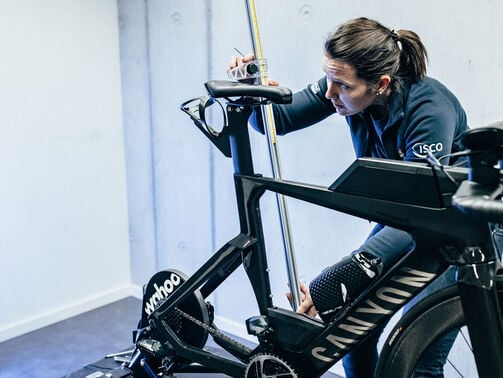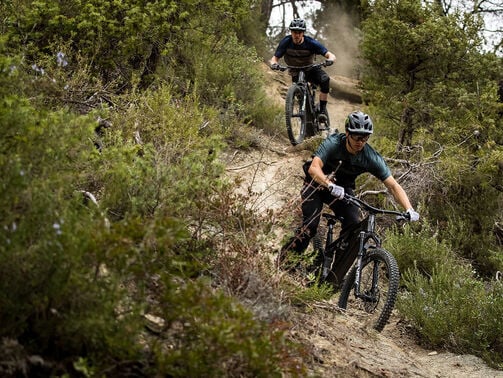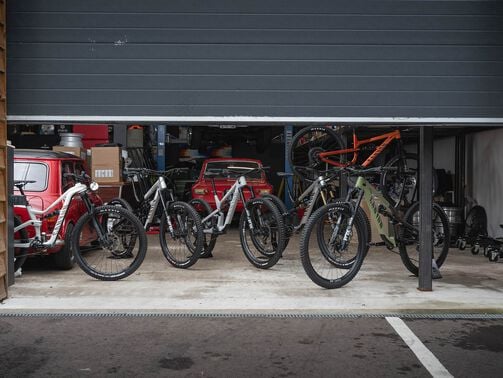Road bike vs mountain bike: which is best for you?
How do you choose between a road bike and a mountain bike? We compare everything from purpose and geometry to suspension and components.

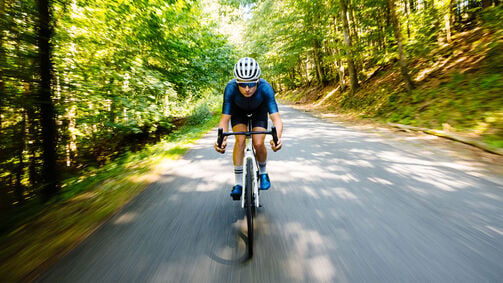
If only buying a bike was as easy as riding one.
We've taken out a lot of the stress when it comes to buying a bike online, but before anything gets delivered, you need to actually commit to a certain steed.
We've found a lot of people stuck between a road bike and a mountain bike. Now, these are two types of bikes that are very different from each other.
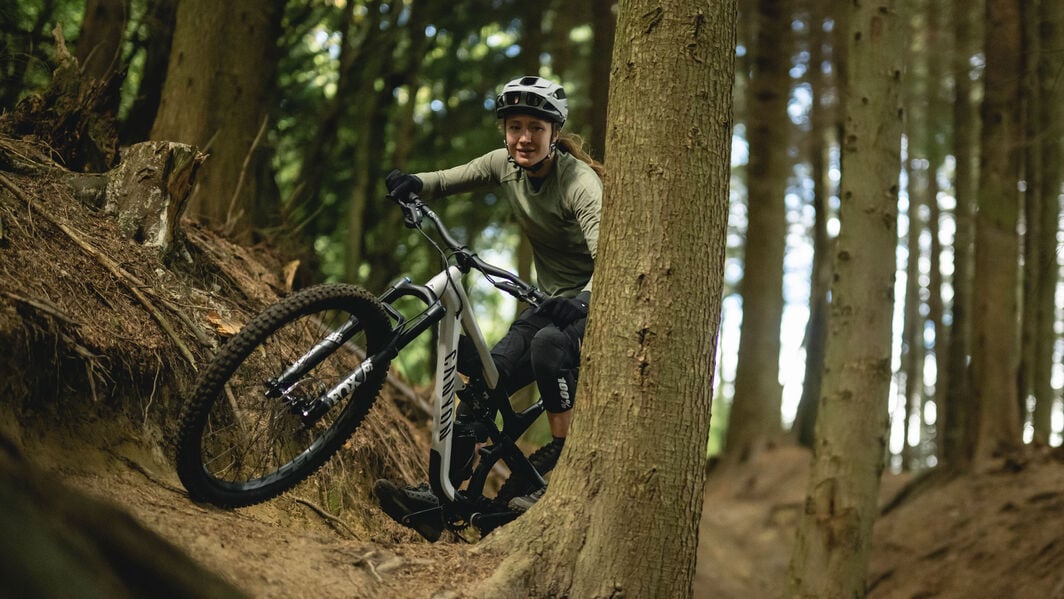
How to choose between a road bike and a mountain bike
This article will help you choose between a road and mountain bike by delving deeper into their differences relating to purpose, geometry, wheel size, suspension and components.
The first question to ask yourself is: what kind of riding you want to do?
If you think you'll enjoy road cycling on smooth tarmac roads and expanding your horizons in the country lanes around you, then a road bike makes more sense. If you want to get away from traffic, explore nature and improve your technical skills, then an MTB is the way to go.
Your budget is an important factor. Our most affordable road bike is $1,199 compared to our most affordable MTB at $1,099 . However, the type of mountain bike riding you want to do will also impact the budget.
Downhill Bikes are more expensive than a dirt jump bike because of all the additional components required to purchase. There’s the bike frame to take into account, too: aluminium is more affordable than carbon but carbon is lighter and stiffer.
The differences between road bikes and mountain bikes
There are a number of components the bikes have in common:
- Two wheels: one with skinny tyres (25-28mm), one with fat tyres (minimum 2 inches)
- Bike frame: aerodynamic and lightweight vs. upright and stable
- Handlebars: drop handlebars vs. straight and wide
- Saddle: finally, something these bikes agree on
And that's where the similarities end.
To give you a general overview, let's figure out why you'd choose to ride a road bike vs why you'd choose to ride a mountain bike.
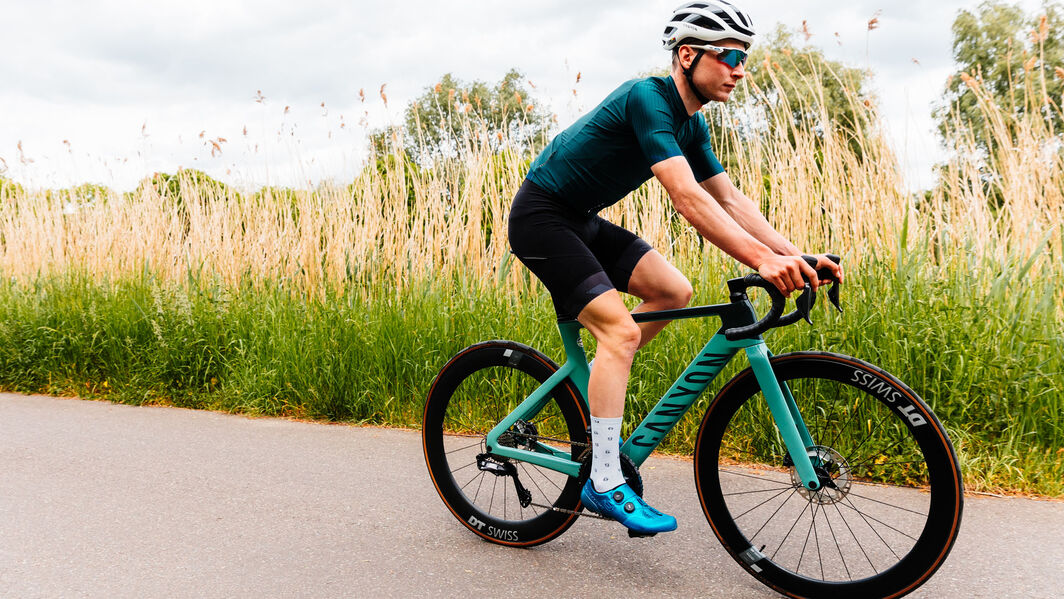
What's the purpose of a road bike?
Road bikes are scantily clad, lightweight, slick machines designed for riding on paved surfaces. Think local roads, countryside lanes, cycle paths and alpine passes. They're fast on both the flat and the uphill.
Road bikes are designed for speed, distance and performance. The geometry of a road bike, its components and accessories are all honed for weight and speed. Put it this way: you don't want to ride it off-road.
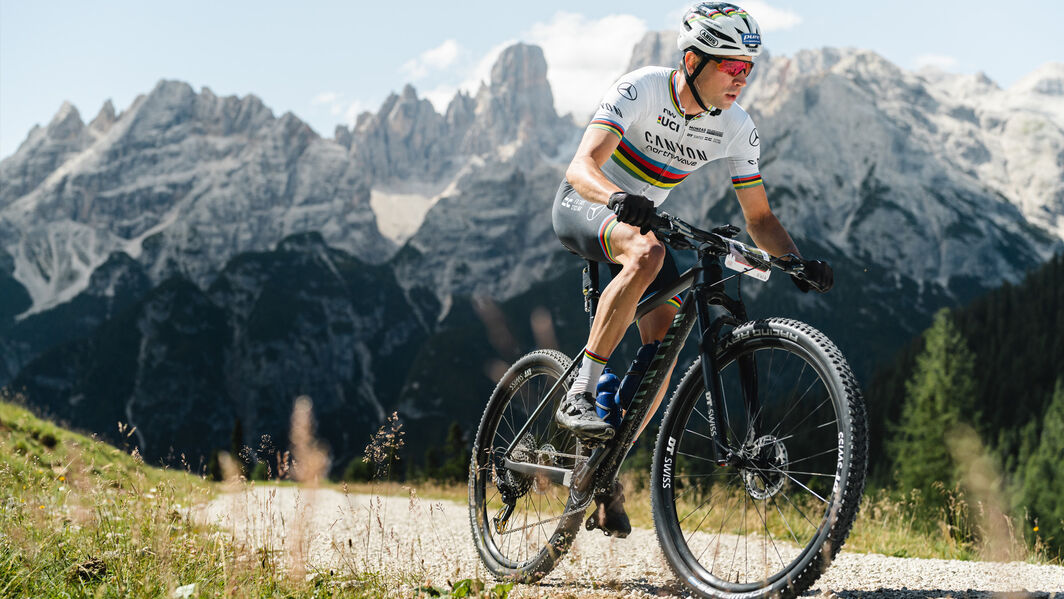
What's the purpose of a mountain bike?
At the opposite end of the bike spectrum, we have mountain bikes. They're built for rocky singletrack, muddy trails and everything in between. The extra grip required on the knobby tyres means they're slow on tarmac. Wide, flat handlebars and suspension systems increase comfort and stability over this loose terrain.
Mountain bikes are made for anything from steep, off-road, technical singletrack to flowy trails in the Tasmanian outback. A mountain bike's frame geometry and suspension will soften the blows of tricky terrain and allow you to explore further.
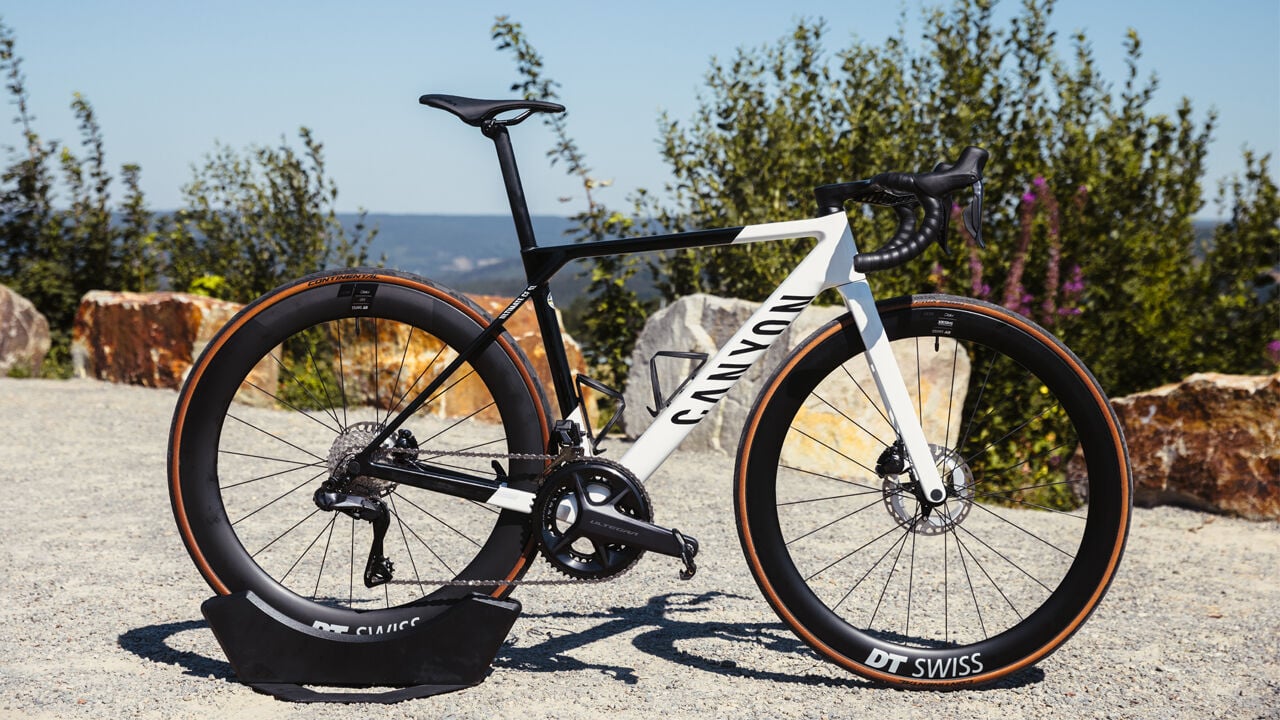
Frame geometry
Road bike geometry
Since speed is the number one priority for a lot of riders, frames designed to be aerodynamic. They slice through the air ahead of them with as little power as possible.
The top tube is much longer on a road bike and the handlebars are often further offset. This leads to a stretched out riding position ensuring the rider can get into a low, aerodynamic position.
We've written a real deep dive into road bike geometry where we explain the finer detail.
Mountain bike geometry
Modern mountain bike geometry features shorter top tubes and reach resulting in a more upright riding position that's less aerodynamic. This is much better for stability and control on rough terrain. When climbing, you'll have a lower centre of gravity than on a road bike, so you'll be better able to handle the bike when the going gets tough.
If you're really curious about the maths behind MTB design, self-confessed geometry nerd Matt Wragg wrote a mountain bike geometry bible. Check it out.
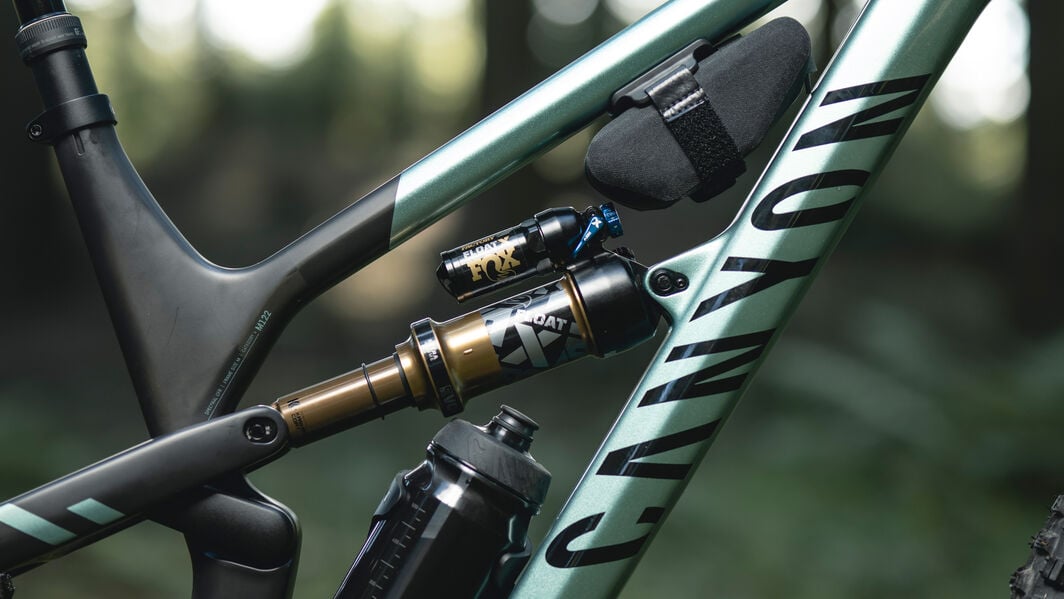
Suspension: do you need it?
Road bikes are ridden on smooth, paved roads. Suspension is not required on road bikes. It adds unnecessary weight to an otherwise featherweight bike for no real reason.
Though there is such a thing as a fully rigid mountain bike, most MTBs have some form of suspension to soften the rocky terrain beneath the wheels. It's also useful if you're attempting big jumps and drops.
Hardtail mountain bikes just have suspension forks. This means their rear triangle is fixed. MTBs like the Grand Canyon and Exceed are cross-country hardtails and they're much lighter than most full suspension mountain bikes. The travel (distance between static and compressed) on a hardtail varies between 100 mm and 140 mm.
Full suspension mountain bikes have a suspension fork and rear suspension. Having both ensures a more comfortable ride and better handling on technical trails. They are heavier mountain bikes owing to the rear suspension. Travel varies from 100 mm all the way up to 200 mm, meaning there's a full-sus MTB out there no matter where you're riding.

Wheels and tyres
Road bike wheels and tyres
Most road bikes are specced with 700c wheels. Some smaller sizes feature 650b wheels to minimise toe overlap when cornering.
Road bikes have narrower rims and consequently narrow tyres. Tyre widths range from 21 mm to around 38mm. Most road bikes are specced with 25 mm or 2 8mm tyres for optimum rolling resistance and speed.
Road tyres are run at high pressure: anything from 80-120 psi (5.5-8 bar) depending on the width. Their tread pattern is often slick or with minimal features.
Road cyclists appear to be split on opinion when it comes to tubeless tyre setups. Some love it for the increased puncture protection but the set up and faff when it goes wrong has put others off.
Mountain bike wheels and tyres
The world of mountain bikes requires you to switch to imperial measurements.
Mountain bike wheels come in two sizes: 27.5 inches and 29 inches. Back in the day, MTBs had 26 inch wheels, though this has all but died out now. If you decide you want a mountain bike, we recommend taking a look at our article on 27.5 vs 29er MTBs.
Contrary to road bikes, mountain bikes have wide rims for wide and chunky tyres. Tyre widths start at 2 inches all the way up to 3 inch beasts found on fat bikes. The tread patterns vary a lot, too. Cross-country MTB tyres look quite different to enduro and downhill mountain bike tyres. The trail conditions also play a part in tyre choice. You'll find tread patterns best suited for sandy trails and a totally different tyre for muddy, sloppy trails.
Mountain biking requires low pressures to increase traction. Expect to put no more than about 35 psi (2.4 bar) in your tyres.
Mountain bikes are usually always setup tubeless. This enables lower pressures and prevents pinch flats when riding over rough terrain.
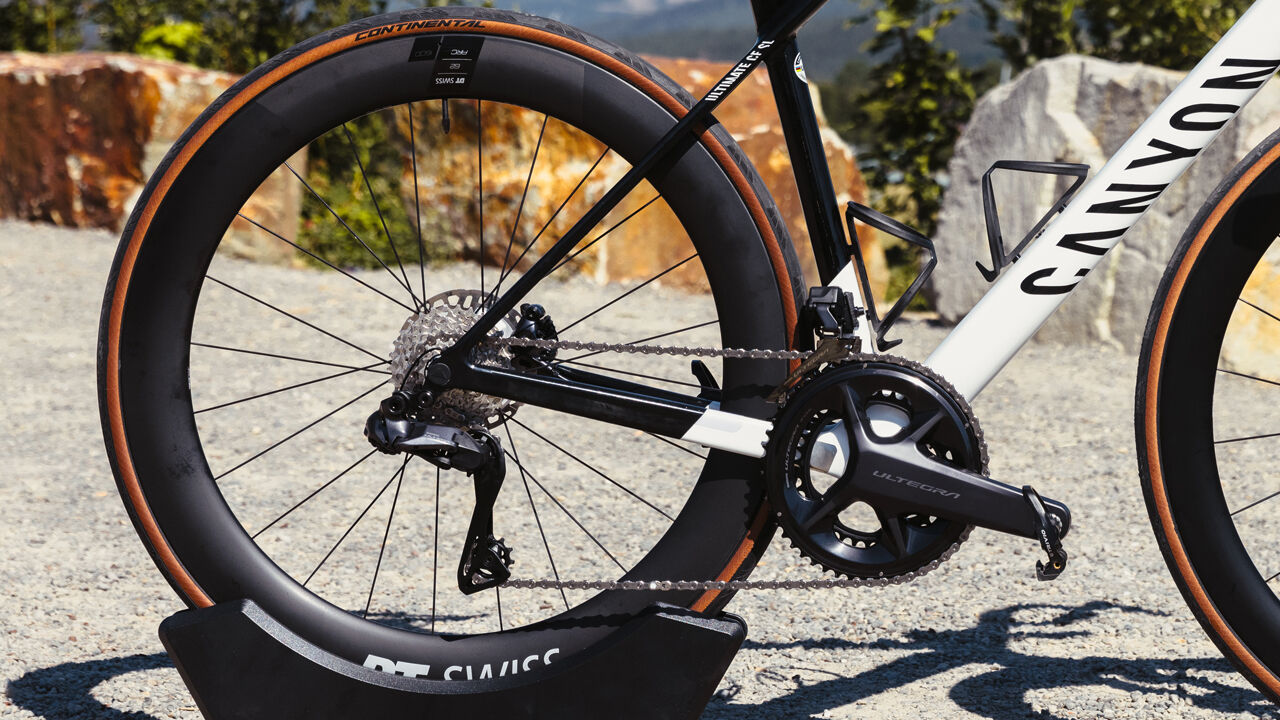
Drivetrain, gears and brakes
- Chainrings
- Chain
- Cassette
- Cranks
- Front and rear derailleurs
Both road bikes and mountain bikes have each of these components, though front derailleurs are becoming less popular on both bike types these days.
Road bike gearing and brake setups
The world is your oyster when it comes to road bike gearing. It's almost entirely customisable if you want it to be. Most road bikes come with two chainrings (often annotated as 2-by) and a front derailleur to switch between the two. Typical chainring sizes are 53T/39T, 52T/36T and 50T/34T.
On the rear wheel, you'll find a cassette with 11 sprockets (referred to as 11-speed). Some premium road bikes now sport 12-speed setups. The most common cassette is 11-28T but a lot of riders in hilly areas opt for a bigger cassette with easier gears for steep climbs.
Pro cyclists have the power to run bigger chainrings and smaller cassettes than amateur and recreational riders. Most everyday roadies will run a compact setup consisting of 50/34 chainrings and an 11-28 cassette. Budding racers might want to try a mid-compact setup with slightly bigger chainrings.
Road bikes were once loyal to a rim brake setup. Though they're lighter than disc brakes, their braking power is significantly lower especially in wet weather. This has resulted in many bike manufacturers choosing disc brakes for all their road models.
Road bike groupsets (the collective word for the components within a drivetrain) are manufactured by SRAM, Shimano or Campagnolo. Each brand has a range of price points to suit all budgets including electronic versions.
Mountain bike gearing and brake setups
Mountain bike gearing is much simpler compared to road bikes. It's standard practice for a mountain bike to have just one small chainring at the front (1-by setup.) This reduces the risk of the chain dropping off when it's bouncing around. It also reduces the need for a front derailleur, which means one less component to maintain.
In order to climb loose, steep climbs, the cassette at the back is usually huge. Affectionately named a "dinner plate" due to its size, rear sprockets can be up to 50T or bigger. Most mountain bike cassettes are 11-speed or 12-speed. The jumps between gears are noticeable as you need to achieve speed on descents and balance on steep gradients.
Mountain bikes require disc brakes due to the high stopping power required on gnarly trails. They often have much bigger rotors for strong performance in the wet.
MTB groupsets are made by SRAM and Shimano including electric offerings from both. The choice usually boils down to personal preference and budget.
Road bike vs mountain bike: pros and cons
Now you know the differences between the bikes, let's see where they really come into their own and where they fall short.
Pros and cons of road bikes
| Pros | Cons |
|---|---|
| Road bikes are lighter | Difficult to control when wet or slippy |
| Easier to maintain | You feel every bump in the road |
| Faster | You’ll often ride among traffic |
| Multiple uses such as weekend rides and commuting | |
| Great for long distance rides |
Pros and cons of mountain bikes
| Pros | Cons |
|---|---|
| Access remote and wild countryside | More maintenance required on brakes and suspension |
| More comfortable to riding position | Slow on roads due to tyre resistance and gearing |
| Easy to ride on different terrain such as gravel, mud and sand | You may need to use public transport or use a car to access some trails and bike parks |
| Great for learning technical skills |
How do you decide?
Now that we’ve compared road bikes and mountain bikes, we hope we’ve made your decision a little easier. For one final tip, we recommend looking at the terrain around you. What are the roads like? Are the trails more tantalising? Do you have nearby forests or trail centres? Are you keen to tick off some mountain passes from your bucket list?
Knowing where you think you can have the most fun is a crucial part of riding a bike. We’re confident you’ll find a Canyon bike you’ll enjoy whether it’s a road bike or a mountain bike.
| Road | MTB | |
|---|---|---|
| Terrain suitability | Terrain suitability Smooth surfaced roads, paved bike lanes, very light trails with small stones. | Off-road, rugged terrain; steep and technical trails with large rocks; anything muddy. |
| Bike weight | Lightweight is a predominant focus for road bike design and has been for decades. Just about as light as we can make ‘em. | Generally heavier although carbon fibre MTB frames are very much a thing and the tech is getting lighter all the time. |
| Frame geometry | Generally more aerodynamic and aggressive, although the Endurace and similar road bikes built for long-distance manage to be very comfortable. | Slacker and less aggressive, often more upright, although there’s a huge range of geometries across the spectrum of MTB disciplines. |
| Tire type and width | Narrow, slick. 23-28mm is standard although some road bikes run 32s these days as trends for wider rubber have grown. | Wide, knobbly, made for great traction on tricky surfaces. 2.0-2.5” on most MTBs, although the sky’s the limit once you bring fat bikes into the equation. |
| Suspension | Typically none, although experiments have been made in the past. | Nearly always a suspension front fork (except in very old school models). Front suspension-only bikers are called ‘hardtails’. Mountain bikes with both front and rear suspension are called ‘full suspension’. |
| Speed and gear range | Higher top speeds, narrower range of gears comparative to MTB. Their lightness means you don’t need really, really easy gears. | Lower speeds, wide range to really help you winch up those steep climbs. |
| Efficiency | Super-efficient on smooth surfaces, particularly the more aerodynamic models like our Aeroad. | Designed for rough terrain so you sacrifice a little bit of efficiency, but much, much easier to keep moving at very low speeds. |
For one final tip, we recommend looking at the terrain around you. What are the roads like? Are the trails more tantalising? Do you have nearby forests or trail centres? Are you keen to tick off some mountain passes from your bucket list?
Knowing where you think you can have the most fun is a crucial part of riding a bike.
Road bikes vs mountain bikes: Terrain and performance
Here are some of the most common questions we get asked about the difference between these two different bike styles.
Yes, you can ride a mountain bike on the road. You won’t go particularly fast, but if it’s necessary to connect a couple of trails by hopping on the asphalt, that’s not going to do your bike any harm at all. Some suspension forks have a lock-out feature which turns them into a rigid fork, which makes them a little more efficient to ride on flat surfaces.
Not really, no. Most roadies have probably experienced moments where they have accidentally ended up on trails – either through taking a wrong turn or a mapping malfunction. For a couple of minutes, most road bikes can survive on light trails with no obstacles, but as soon as the rocks and roots get a tiny bit bigger, it stops being run real quick. It’s best to stick to tarmac!
Did this article help?
Thank you for your feedback

